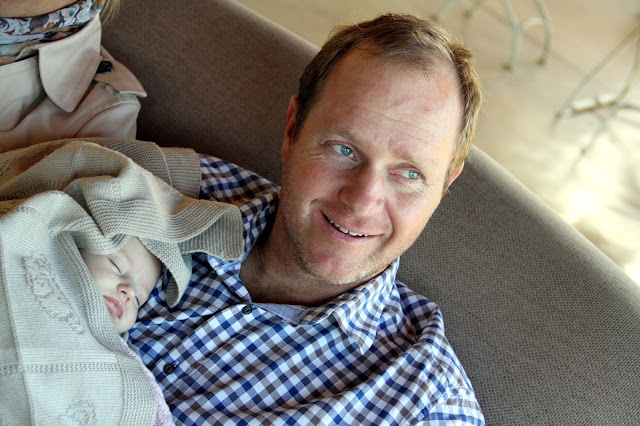Graham Beck is a household name in South Africa, mostly for
the wines produced by their estate in Robertson. While
visiting the farm to taste some of the famous bubbly, none of us
knew who the man behind the farm was. So I told the others that I will read up
before I blog about the farm. Here goes:
He grew up in Cape Town and during his first year at UCT, he
failed academically and his dad told him that he is not going to pay for his
university fees any more. So, Graham borrowed £250 from his mom to start a home
renovation business and called it Kangra (the name was derived from his own
name and that of his carpenter partner, Kannemeyer).
He then moved into coal mining, acquiring many mines in KZN
and pioneering the centralised transportation of coal exports through Richards
Bay. Once he established his fortune with the Kanga group, he made huge
investments into his two great passions, wine and thoroughbred horses. He owned
South Africa's leading thoroughbred breeding farm Highlands and well as other
farms around the world. Beck's billionaire status was publicly confirmed in
2006 when he sold 60% of the coal operation to a Spanish group.
He passed away in July 2010 at the age of 80 after being
diagnosed two months earlier with advanced lung cancer.
I also learned that the Graham Beck vineyards are located on diverse farms in the Western Cape, enabling the Robertson Cellars to have access to grape varietals grown in the climatic conditions and soils to which they are best suited. When we visited the farm, we saw one of the walls covered with wonderful illustrations, showing how the Robertson area’s soil is perfect for growing grapes, how the grapes are made into wine and how Graham Beck Wines became the farm it is today.
One of the illustrations shows that in 1994 Graham Beck Brut NV was chosen as the celebratory drink at the inauguration of Nelson Mandela as South Africa's first democratically elected president. A second picture shows Barack Obama. The story behind that is that after declaring his intention to run for president, Barack Obama took his wife, Michelle, to one of their favourite restaurants in Chicago. The sommelier recommended two glasses of Graham Beck Brut NV. The Obamas were so impressed with this bubbly that they ceremoniously popped the same bubbles to celebrate his election as the 44th American president just before he addressed the world at Grant Park.
You can visit their website here or like their Facebook page.








































































